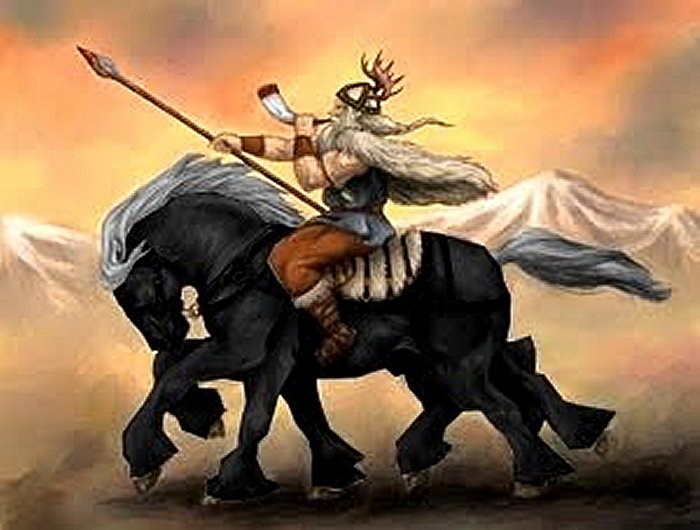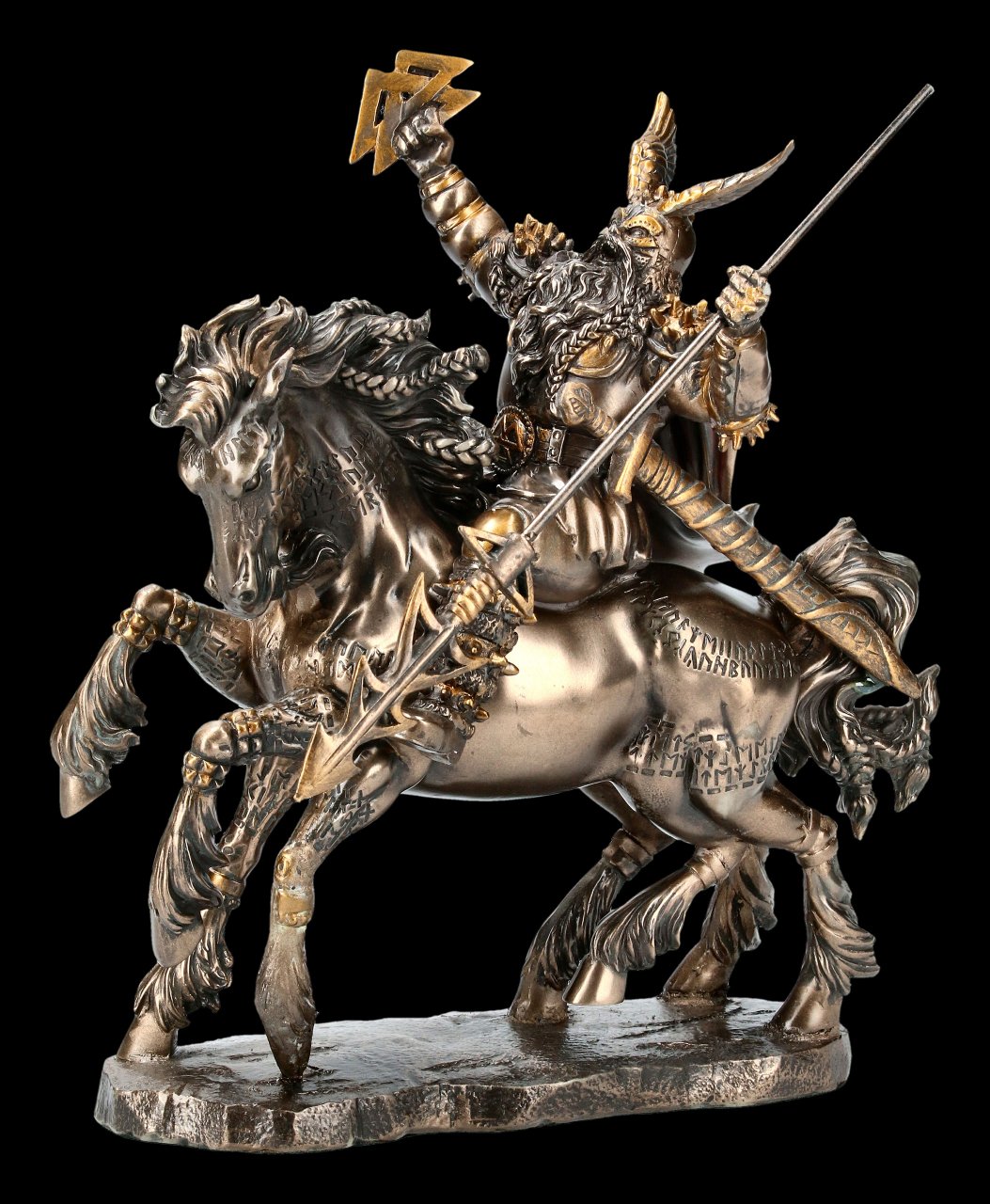
To find a solution, trust a man who promised to rebuild it in 16 months. An origin that goes back to the time when the uneasiness of the Gods was incessant before the destruction of the walls of Asgard after a battle. From the mythologizing of Odin and as one of his main most faithful companions, the role of his horse stands out, an equine with a supernatural physical form that is part of Norse mythology and legends starring his rider. His throne, from where he can contemplate the nine worlds, his spear Gungnir, and his horse Sleipnir are essential elements in the mythology of the god of war, which the prophecy indicated would guide both gods and men to avoid the end of the world or also called Ragnarok. In the case of Nordic culture and its myths and legends, one of its main figures is none other than Odin considered its main god who also encompasses the domain in different aspects such as war and death but is also considered the wiser since he has the gift of prophecy, magic, and victory. And in the same way, it happens in what respects mythology. It is not surprising that this symbiosis has been used countless times in literary and cinematographic fiction. Over the centuries, many historians who have engraved his name by battles and conquests or by leading towns or armies have had In common, he had the company of a horse that he has protected and carried his rider on his back to achieve his goals. His rider was none other than the god Odin and his supernatural physical form accompanies his origin as his most outstanding characteristics. The Eggja stone from the mid 7th century, bearing the name Odin Haras (Old Norse for "god of the army") can be interpreted as a depiction of Sleipnir.Nordic mythology has the creation of Sleipnir, one of the strangest horses that have been part of stories and legends.

The scene has been interpreted as a rider arriving in the world of the dead. Above the rider on the stone depicting Tjangvide is a horizontal figure holding a spear, which may be a Valkyrie, and a female figure greets the rider with a goblet. Both stones show a rider sitting on an eight-legged horse, whom some scholars believe to be Odin. Two eight-legged horses, believed by most scholars to represent Sleipnir, are depicted on two eighth-century image stones from the island of Gotland in Sweden: the stone representing Thjangvide and the stone representing Ardre VIII. It is a great symbol, able to bring power and spiritual protection and enlightenment to everyone who needs it. The symbol of Sleipnir is of particular importance for athletes, travellers, and those who lost their way in life or those who lost their love. Today there is a wide assortment of various accessories using the image of the influential and well-known eight-legged horse of Odin – Sleipnir. Sleipnir has a deep meaning, symbolizing speed, power, strength, perception, eternal life surety, transcendence, and travel. What is more, Sleipnic could ferry Odin in and out of Hell (the realm of the dead).In Norse mythology, the horses that had eight legs symbolized means of conveying souls across the nine worlds. None of the elements could slow Odin’s horse, and if there was a necessity, he could also fly through the air as well as could swim through water. No horse could be compared with Sleipnir.

He could run much faster, kick harder, jump higher and whinny louder than the other horses. He was considered the “best among horses.” He accompanied Odin on different quests, by surprising people with his power, speed and strength. His extra legs were coupled with regular legs, which were growing from his shoulders and his haunches. Sleipnir (pronounced “SLAYP-nir”) is Odin’s horse that had eight legs instead of four.


 0 kommentar(er)
0 kommentar(er)
